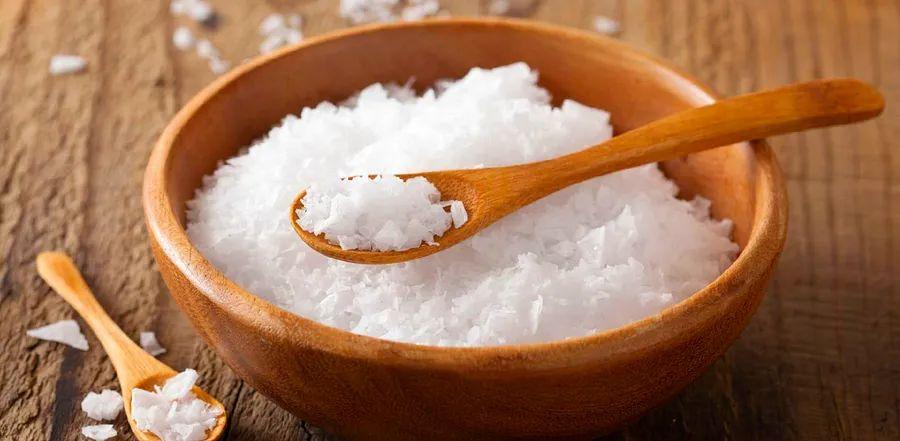What Makes Fleur de Sel So Rare – And Why Is It Priced So High?

Fleur de Sel, meaning "flower of salt" in French, is a rare and prized sea salt from France. Harvested by hand from the ocean's surface, this delicate, slightly oily salt offers a distinct taste that makes it perfect for finishing dishes.
What Exactly Is Fleur de Sel?
Fleur de Sel is a unique sea salt collected from the Atlantic coast of France. The process of harvesting it is painstakingly precise and involves careful techniques, making it a limited commodity. The minimal yield per batch and its labor-intensive collection method explain its premium price. Since it’s harvested before the full evaporation process, it lacks the impurities typical in regular sea salts and delivers a purer, more refined ocean flavor.
Regular Sea Salt vs. Fleur de Sel
Most sea salts are produced by letting saltwater sit in shallow pools until the water evaporates, leaving behind salt crystals. However, some of the salt rises to the surface during this process, forming delicate, thin flakes. These fragile crystals are carefully collected and sold as Fleur de Sel. While Fleur de Sel is a type of sea salt, not all sea salt can be classified as such.
What Is the Flavor Profile of Fleur de Sel?
Though Fleur de Sel is a type of salt, its appeal goes beyond just salting a dish. It's known for its subtle, layered flavors, with a mineral richness and a briny yet slightly sweet undertone. Unlike regular salt, Fleur de Sel is more moist, causing the flakes to clump together and create intense bursts of saltiness when sprinkled. The texture is crunchy, with irregular, flaky pieces that add a satisfying crunch to any dish.

Discover the recipe: Whole Chicken Pie
How to Use Fleur de Sel for Maximum Effect
Fleur de Sel is best utilized as a finishing touch, added after cooking to elevate the dish. While it can be used during cooking, doing so would diminish its unique qualities—its delicate texture would be lost, and its distinct flavor would blend with other ingredients.
Fleur de Sel makes an ideal garnish for dishes, adding both texture and flavor. A pinch can transform freshly baked chocolate cookies or enhance the crispness of pan-seared fish. It also complements almost any roasted vegetable, but it truly shines when paired with deeply charred or grilled veggies, where the salt’s mineral notes harmonize with the smoky flavors.
Alternatives to Fleur de Sel
Because Fleur de Sel is typically used as a finishing salt, it can be substituted with other flaky or finishing salts. However, its signature crunch and mineral complexity are unique, so no alternative will provide the exact same experience.
Maldon is another highly regarded French finishing salt favored by professional chefs. While it’s drier than Fleur de Sel, its crunchy flakes offer a similar texture. Himalayan pink salt has a flavor profile closer to Fleur de Sel, although its texture is noticeably different. Cornish salt is another good alternative.
Where to Find Fleur de Sel
Fleur de Sel isn't typically found in most local grocery stores. However, if your supermarket stocks premium items or if you shop at specialty retailers like Whole Foods, it's worth checking. Spice shops are another good option. For the most reliable availability, you can easily find it online through major platforms like Amazon or specialty food retailers.
Best Way to Store Fleur de Sel
While salt generally doesn't spoil, Fleur de Sel requires special storage due to its higher moisture content. The packaging it comes in, usually plastic or cardboard, isn’t ideal. To preserve its freshness, transfer it into an airtight glass, ceramic, or porcelain container. When stored this way, it will retain its moisture and stay fresh for an extended period.
Evaluation :
5/5



